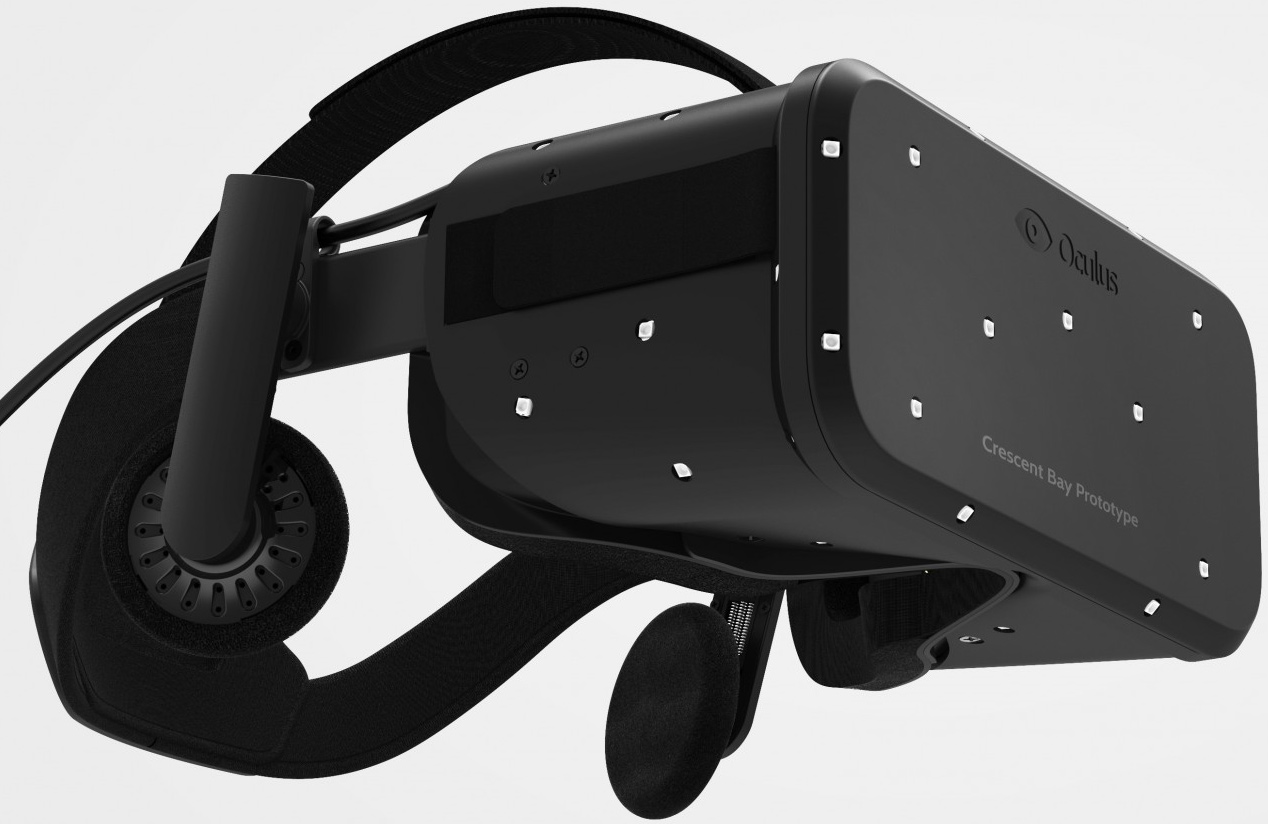Virtual reality hardware market is something that does not really exist today. Oculus VR sells its virtual reality headsets to game developers, Samsung supplies Gear VR to hardcore enthusiasts, other VR gear just cannot be bought for money. But many believe that already next year sales of virtual reality headsets will hit millions, which will bring a lot of revenue not only to makers of such products, but to other players in the industry.
Analysts from Gartner believe that shipments of various VR gear will hit two million units in 2016 and will continue to grow in the following years to five million in 2017 and to eight million in 2018. By 2018 the cumulative number of VR head-mounted displays sold to gamers will reach 25 million, according to Gartner. Some other analysts are more optimistic about sales of virtual reality headsets. BI Intelligence expects shipments of VR helmets to hit six million units already in calendar 2016. Christopher Rolland, an analyst from FBR & Co., is also enthusiastic about sales of VR hardware next year.
Mr. Rolland believes that since virtual reality headsets and games will require serious graphics processing horsepower, the success of Oculus VR and competitors will help to drive sales of graphics cards, which is a good news for Advanced Micro Devices and Nvidia Corp.
“Oculus Rift recently released the minimum PC specifications for the second generation of its VR headsets. GPUs must support 2160*1200 display resolutions, with a 90Hz refresh, requiring a Radeon R9 290-class GPU, with pricing starting at ~$300,” wrote the analyst in a note for clients, reports Tech Trader Daily. “With the second-generation Oculus Rift to be released in Q1 2016, we forecast approximately 5 million total VR units to be sold in [2016], driving a large potential GPU upgrade cycle.”
Mr. Rolland is confident that VR market could bring at least $1 billion of additional sales to GPU vendors in the coming years.
“Assuming 50% of the 5 million VR consumers upgrade their GPUs at an average selling price of ~ $400, we believe the VR market could drive $1 billion in incremental GPU sales,” wrote the analyst. “If AMD captures a third of these sales, it would imply well over $300 million in incremental revenue.”
The first-generation commercial VR headsets will be primarily sold to enthusiast gamers who typically use high-end graphics cards that cost $400 and upwards. Total available market of such graphics boards is around three million units a year. If Oculus VR and other companies manage to sell more than that, it is likely that the TAM of expensive graphics adapters will increase. If shipments of VR hardware will be comparable to sales of advanced graphics cards, then AMD and Nvidia will hardly see a lot of benefits.
Discuss on our Facebook page, HERE.
KitGuru Says: It is noteworthy that financial analysts started to factor in VR gear sales in their predictions of GPU shipments. While it remains to be seen whether VR headsets will actually have a significant impact on TAM of graphics cards, the chances that they will are rather high.
 KitGuru KitGuru.net – Tech News | Hardware News | Hardware Reviews | IOS | Mobile | Gaming | Graphics Cards
KitGuru KitGuru.net – Tech News | Hardware News | Hardware Reviews | IOS | Mobile | Gaming | Graphics Cards




From what I gather the difference between the Oculus and the Vive is that one has 1200×1080 per eye and the other has 1080×1200 per eye and Vive allows you to walk around a bit whereas Oculus supports a much smaller cone of movement.
Since I can’t see myself in a position where I would need to move around that much and the fact that Oculus not only looks better but seems a lot more comfortable to wear over long periods (How much weight is on that bulbous front of the Vive?) I’ll probably get myself the Oculus. I don’t mind the extra few months of wait as my next rig is based around the release of the GTX 1080 anyway and the integrated audio is intriguing, as it’s still questionable as to whether they’re better than my Platronics Gamecom 780 (They’ve probably put a lot of thought into the positional audio but at least they’re detachable just in case eh?)
< ??????.+ zeldadungeon+ *********….. < Now Go Read More
03
Cool related post bro. You should totally buy some glasses for the article titles